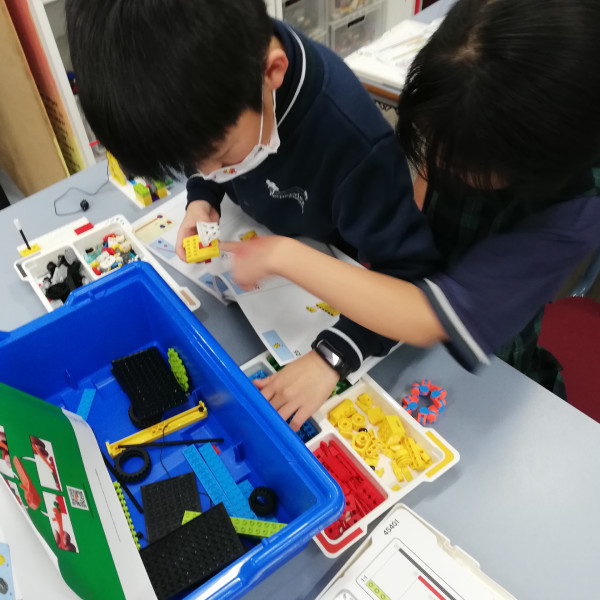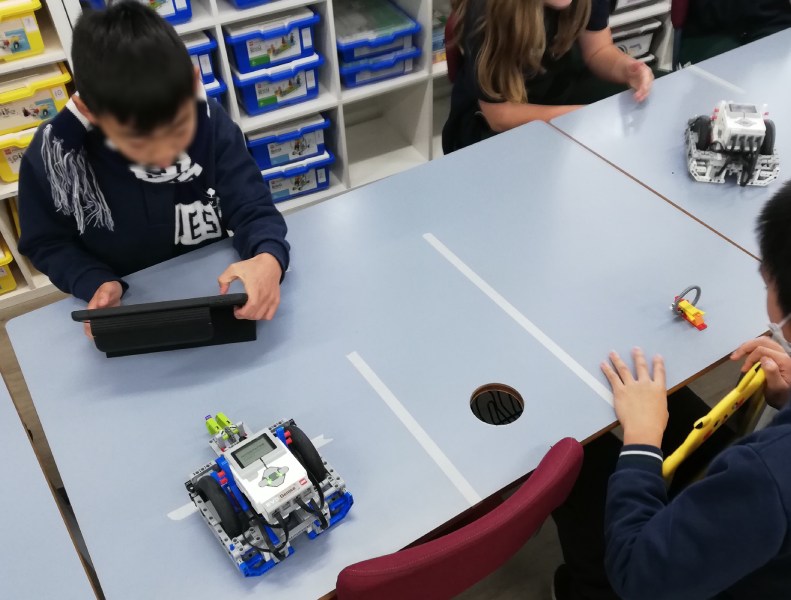Students can have the 'LEGO Masters' experience!
When I started the Brickulum, I assumed that most schools would want to implement a robotics program, but a large proportion of schools have requested a STEM program but with a LEGO Masters twist! Students get to engage in a series of build activities that are revealed in a similar way to the way they are on the show. Some challenges have twists and every challenge has those all important time calls! It’s truly amazing to see how much the students thrive with the little bit of extra theatre and drama!
With this program, we’ve been able to organise to see entire levels at a time and, if we run single sessions, we can even timetable the experiences so that the entire student body can be seen in one day! If there was ever a way to kick start or reinvigorate your STEM program, this would be one very high energy, high impact way to do so.
A sample Brickulum program
I’m delighted to be able to offer a fully catered package to suit your school’s individual needs and budget, but here is an example of the exciting experiences your students can take part in! They are by no means exhaustive, but simply a sample of the types of activities we can undertake.
Early Years (F-4) – Let’s build something Bricktacular! – Using assorted LEGO® pieces
Session 1: Can we reach the ceiling? Students work in groups to problem solve ways to build a tower that is strong and stable enough to get as close to the ceiling as possible. At various stages, depending on the techniques being employed, additional assistance or strategies (such as working modularly, small teams) will be provided to give them the best chance of even touching the ceiling (though, tricky if we’re in the school hall!)
Session 2: How far can you go? Using a range of wheels, bases and frames, students create the vehicle of their dreams which will then be raced down an inclined plane. Students can test, modify and enhance their vehicles throughout the session which will culminate in a race to see whose does indeed go the furthest!
Session 3: Build a bridge and get over it! Well, the challenge is more, how much weight can your bridge handle! We’ll explore multiple building techniques before jumping into this challenge and students can expand upon these to build the longest and hopefully strongest bridge within the allocated time. Finally, bridges will be sorted into length categories and weight tested. This one can get explosive!


Middle Years (3-6) – Make the bricks do the talking! – Using BricQ Motion & Spike Essential
Session 1: LEGO® Maestros – let’s make something musical! Students will use the Spike Essentials system to create a brick-built xylophone and create a program that uses a colour sensor to trigger different notes or sound effects. Sometimes we make beautiful music together… other times a joyous cacophony!
Session 2: 3-2-1-LEGO®! The classic rubber band powered race car is back! Students will be provided with a range of different wheels, axles, lengths of rubber bands and technic pieces to create the ultimate Speed Champion™. By using the design cycle, students will test and refine their builds. A series of heats and then a final will be run, but a discussion about the process, what worked, what didn’t and what environmental impacts may have affected the outcome(s) will be the greater focus.
Session 3: Chain reactions and Rube Goldberg. Easily one of the most captivating things to watch online is a pointlessly overcomplicated machine that uses twenty different obstacles that need to be triggered by each other just to perform a simple task… so why not try and build that out of LEGO®? Students will set about creating or modifying a simple module that will interact with their neighbours’ modules creating one absolutely awesome chain reaction! The problem solving and interpersonal skills in this lesson are next level.
Upper Years (5-8) – The bricks are alive! It’s ALIVE! – Using Spike Prime or EV3
Session 1: Scaredy cats and dodgem cars. In this session, students will build and code a simple rover robot (driving bot) that will, using sensors, be able to be respond to its environment. Our scaredy cat will ‘run’ away from any approaching person or object which we can then build upon to create a dodgem car program that we will then let loose in our kid-colosseum (knees-to-knees circle) to see how these crazy little robots go. The discussion afterwards brings out some fantastic ideas and understandings!
Session 2: Don’t you think that’s A-Maze-ing? Using a simple rover robot armed with a couple of sensors, students will code their autonomous robot to navigate a maze by avoiding walls, coloured lines and touching surfaces. Depending on their level of success, the maze can be further complicated by extending or modifying it or requiring the robot to then return back through the maze.
Session 3: Let me help you! This time students will be building and coding a robot arm that is able to collect, lift and place objects. Perhaps the items are odd shapes? Maybe they’re heavier? What modifications might they need to make to enable their robot can successfully achieve the task? This is a challenging task that will be scaffolded for individual needs, but is also a great task to attempt after several sessions once the class has a helpful rhythm.
